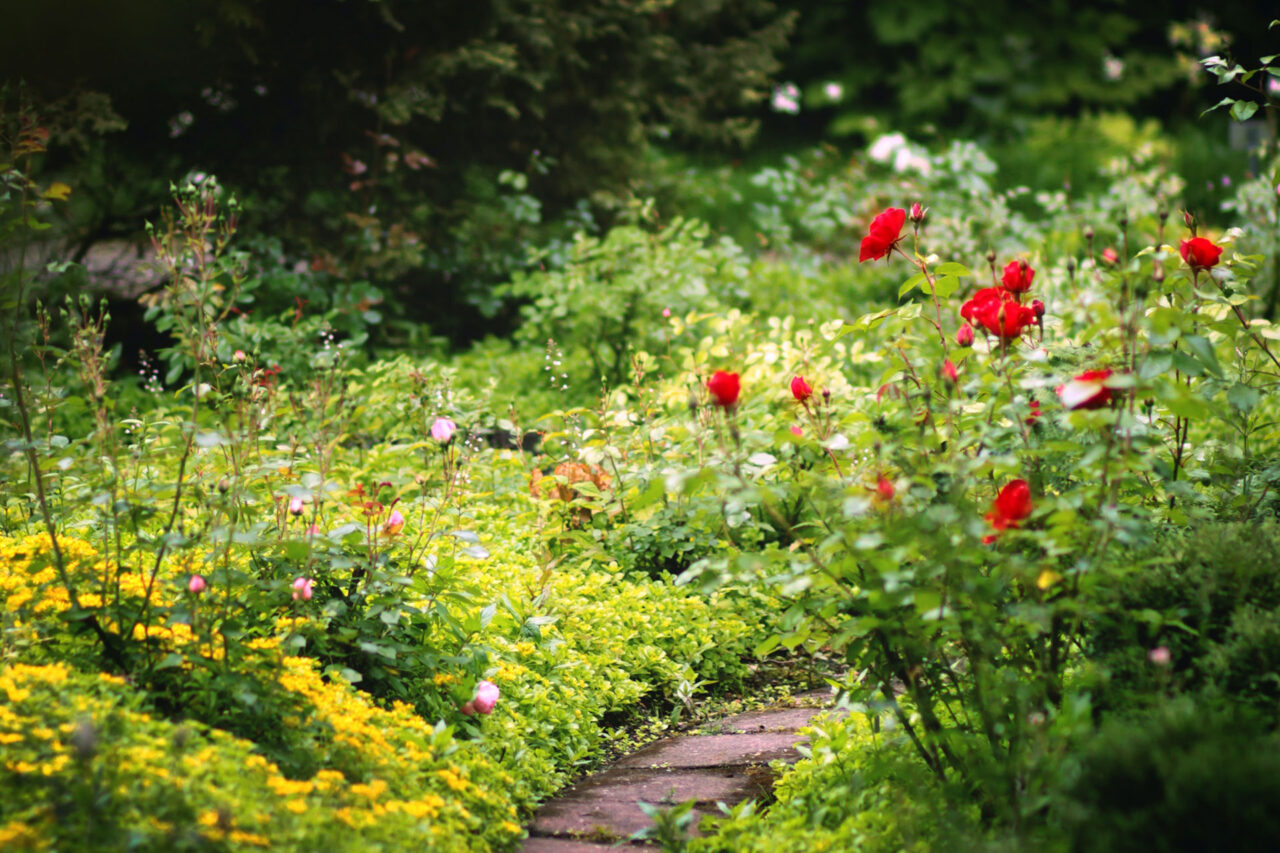If you’re planning a landscape project—whether it’s upgrading a front entry, building a new patio, or reimagining your entire property—you may come across the term “design/build.” While it might sound like industry jargon, it refers to a distinct approach that can have a big impact on how your project unfolds.
Understanding what design/build means, and how it differs from traditional methods of landscape contracting, can help you choose the right team and avoid common frustrations.
Key Takeaways
- A design/build firm integrates planning and construction under one roof, avoiding gaps, miscommunication, and costly revisions.
- You’ll learn how this model improves accountability, consistency, and timeline control.
- The post helps you decide whether hiring a design/build landscape company is the smarter route for your project.
Defining Design/Build in Landscaping
A landscape design/build company offers both the creative planning and the physical execution of a landscape project under one roof. Instead of hiring a designer to draw up a plan and then seeking out a contractor to build it, the design/build model brings both services together within a single, coordinated team.
This integration is more than a matter of convenience. It changes how a project is conceptualized, budgeted, and built. The result is typically a more efficient, collaborative process—one that minimizes miscommunication, accelerates timelines, and keeps the focus on the client’s priorities.
Why Some Homeowners Prefer Design/Build
Design/build landscaping isn’t right for every project, but it does offer several advantages, particularly for homeowners looking for a smoother, more predictable experience.
When a single team manages the project from initial concept through final construction, there’s less risk of the design being lost in translation. The same group that draws up the vision is responsible for executing it, which leads to a higher level of accountability and continuity.
Another strength of this model is budget alignment. Since construction and design are managed together, the design team can work within a realistic understanding of costs from the outset. This helps prevent the all-too-common scenario where a beautiful plan turns out to be far beyond what a homeowner is prepared to spend.
Finally, many clients find that having one point of contact for all phases of the work makes communication more consistent and responsive. It also means the design team is available to make real-time adjustments if site conditions change or new ideas emerge during construction.
What to Expect From a Design/Build Process
While no two firms work exactly the same way, most design/build landscaping projects follow a similar structure:
The process typically begins with an on-site consultation and site analysis. Designers ask about how you use your space, what you’d like to change, and how the property fits your daily life. From there, conceptual plans are created, reviewed, and refined.
Once the design is approved, the same team moves into construction. This continuity allows decisions made during planning—about materials, drainage, lighting, planting, and grading—to carry through into execution without disconnect.
Timelines, permitting, and logistics are all handled by the same group that developed the vision, which can reduce project delays and help ensure the work unfolds as intended.
Which Projects Benefit Most From Design/Build?
The design/build model is especially effective for complex landscapes—projects that involve multiple layers of design and construction, such as grading, stonework, planting, lighting, and outdoor living areas.
Examples include:
- Backyards with multiple zones: dining, cooking, fire features, and play areas
- Front entries that combine hardscape, plantings, and lighting for curb appeal
- Sites with grading, drainage, or access challenges that require careful coordination
- Full-property renovations that call for a cohesive vision across different zones
That said, design/build can also be beneficial for smaller or more straightforward projects when clarity, responsiveness, and creative problem-solving are priorities.
Questions to Ask When Choosing a Landscape Design/Build Firm
Not all design/build companies are created equal. If you’re considering this approach, it’s worth asking a few thoughtful questions to better understand a firm’s process and priorities:
- How do you balance creative design with realistic budgeting?
A good design/build team should be transparent about costs from the beginning and able to tailor designs to match your investment range. - Who will be managing the project from start to finish?
Ask whether the same people who work on the design will remain involved during construction. This consistency often leads to better outcomes. - What types of projects do you specialize in?
Some firms are better suited to large-scale renovations, while others focus on smaller installations. Make sure their strengths align with your goals. - How do you handle changes or surprises during construction?
Unexpected site conditions can arise. Understanding how the team communicates and adapts will give you confidence in how they’ll respond.
These questions can reveal how collaborative, flexible, and experienced a company is—and help ensure you’re hiring a partner, not just a contractor.
Design/Build: Not Just About Convenience
Design/build isn’t simply a way to make landscaping easier. It’s a method rooted in collaboration, continuity, and craftsmanship. By aligning design and construction under a single roof, the process becomes more cohesive—from the initial sketch to the final planting.
For homeowners, this can mean a landscape that’s not only well-designed, but well-built—on time, on budget, and with fewer headaches along the way.
Ready to Begin?
If you’re considering a landscape project and want to explore the benefits of design/build for your home, a Blade of Grass would be happy to help. Our experienced team of designers and builders works together to create thoughtful, enduring outdoor spaces rooted in both beauty and function.
Contact us today to schedule a consultation and discover what’s possible for your property.


